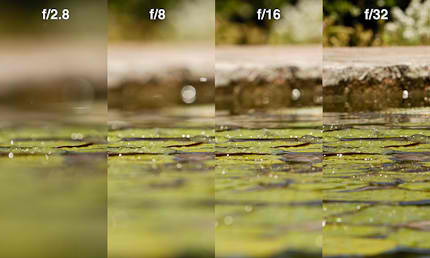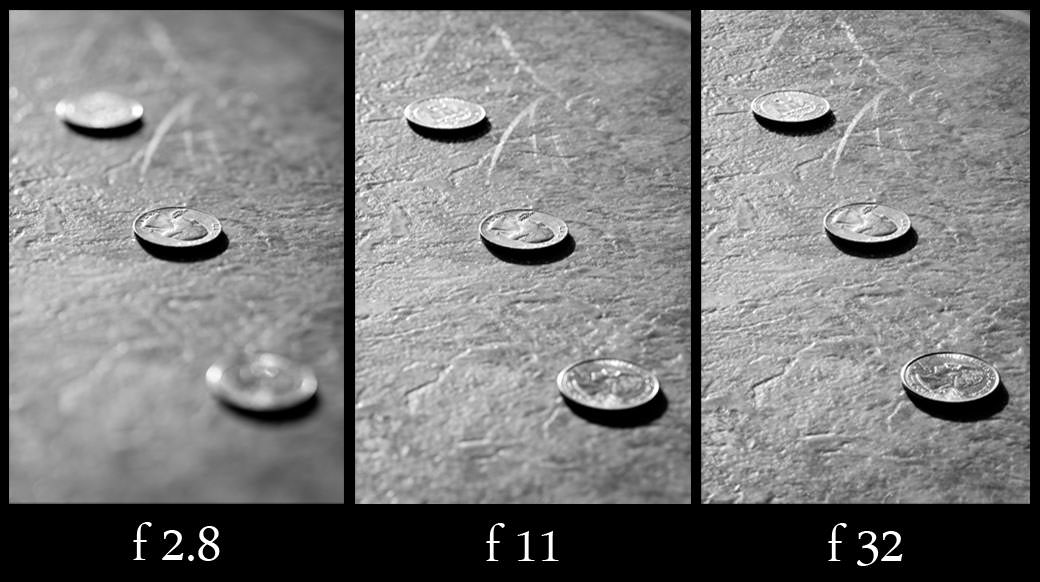How Does Your Camera Work? Aperture
Well this is the last basic feature of your camera settings that can help you take amazing photographs. We’ve already covered ISO and shutter speed so all that is left is aperture.
So you know that your lens has a shutter that opens and closes to let in light, but this shutter fulfills another task as well. When you select an aperture setting, or f-stop, what you are doing is telling that shutter how large an opening you want. The smaller the number you select – the bigger the opening in your shutter. The bigger the opening, the more light you are letting into your camera.
One of the effects you can achieve with aperture is bokeh. Wikipedia describes bokeh as “a photographic term referring to the appearance of out-of-focus areas in an image produced by a camera lens. Different lens bokeh produces different aesthetic qualities in out-of-focus backgrounds, which are often used to reduce distractions and emphasize the primary subject.” You can also create different shapes in your bokeh using different attachments. You can see different samples of this below:
Your aperture setting can also effect your depth of field. Depth of field is essentially the distance between the nearest and farthest objects in an image that appear sharply in focus. Depending on how you set your aperture changes how wide or narrow your depth of field is. So how do you know what your depth of field is going to be? Well, the smaller your opening – the sharper your image, which means the higher your f-stop the sharper your image. Here’s just a couple examples to show you the difference.
Aperture is probably one of the most beneficial components of your camera to understand to be able to create high quality, professional looking photos. I am planning on adding one more post to this series to explain how to put all these functions together, and then you should have a pretty firm grasp of the basics. Until then – keep practicing!





3 Comments
Hi, thaks for posting all this information about Cameras and how they work. This website is really helping me understand and learn how to use my Nikon D3200. I love photography and I want to learn as much as possible but I can’t afford photography school, so I really appreciate you sharing your knowledge.
Chris
Portland, OR USA
You are so welcome Chris! I’m glad that my posts with helpful info here and there have been beneficial to you! We all start somewhere and practice definitely makes perfect! 🙂
The smaller the number the larger the aperture. 2.8 is wide and round. f32 is a small pinhole.